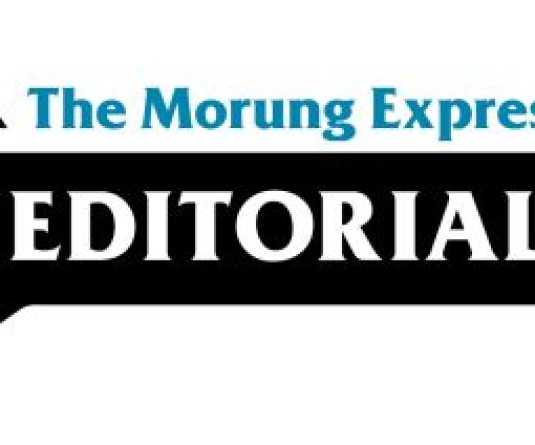
Dr. Asangba Tzüdir
“Does the media feel the pulse of the people” was a particular question in response to a poll question – “Did the clean election campaign have a significant impact on the recent By-election in Kohima? Why?” For the respondent, this poll question came as “a bit surprise coming from the media fraternity,” and further questioned whether the media “feels the pulse of the people or are they also aloof like the politicians, from the social reality.”
The poll question may sound naive considering the open state of corrupt affairs in the state but the question here begs to see the intent and purpose with which the question was posed. This is where a disconnect is created between the mass and the media. As naive as it may sound but such questions often become necessary for the press to take a ‘tacit’ approach for the public to react and push forward issues in tune with the pulse of the people.
When a national media ran the story and exposed the ‘doubtful’ photos of objectionable private life of some politicians in Nagaland, instantaneously, the local print media houses were backlashed and virtually condemned. “National media did what our local media should have done.” Above many other considerations related to responsible reporting, media is pitted within the danger of defamation that has far reaching effects which renders difficulty for the local media to respond to such people’s pulse.
In our state, currently there is a tension going on between social media and the print media where the former seems to have taken primacy over the latter, somehow randomly redefining what news ‘ought’ to be and how it should be presented. Based on the degree, intensity and immediacy of the issues generated through social media networks, certain ‘parameters’ are set about the nature of news and information. Besides, popular perceptions are generated by putting electronic media like the prime time National Television News channels and print media together. These are two totally different news templates. Newspapers cannot be or act like the high decibel National prime time news channels.
In the evolution of ‘news’, knowledge and information, the media especially the press is still grappling with the question of ‘how news ought to be presented.’ Handling of news items in coherence with the demands of the situations so also responsible reporting besides many other pressing concerns comes into play in the making of news, knowledge and information. This is where the print media finds it difficult to go against the ‘popular pulse of the people.’
For the public especially, news, knowledge and information first need to be put in its proper perspective within context so also the underlying constraints within which the press comes into play, and help support the media by reacting critically to news items in shaping a democratically viable environment and also for the press to freely respond to the extent of even changing the general perception of the news in bringing out the ‘truth’ to the public.
So, even as the media tries to hear and engage with the pulse of the people, a reciprocity is also imperative to carry forth the mantle of disseminating news ‘objectively and truthfully’ and therefore the question - Does the mass also feel the pulse of the media?
(Dr. Asangba Tzudir contributes a weekly guest editorial to the Morung Express. Comments can be mailed to asangtz@gmail.com)




